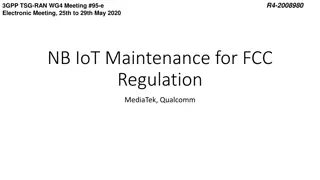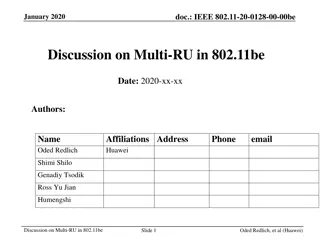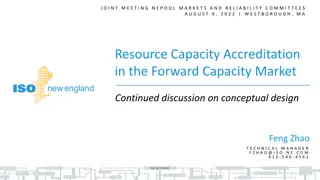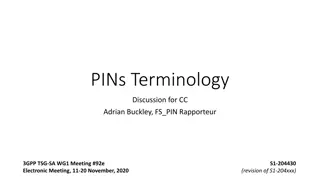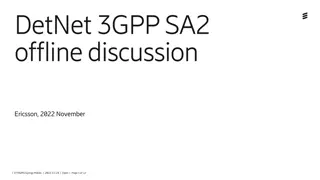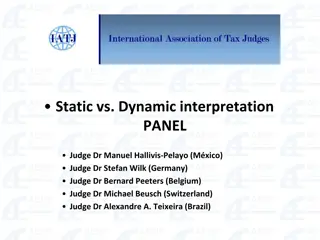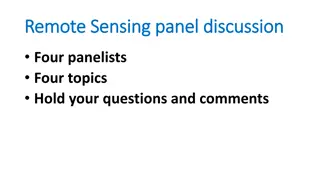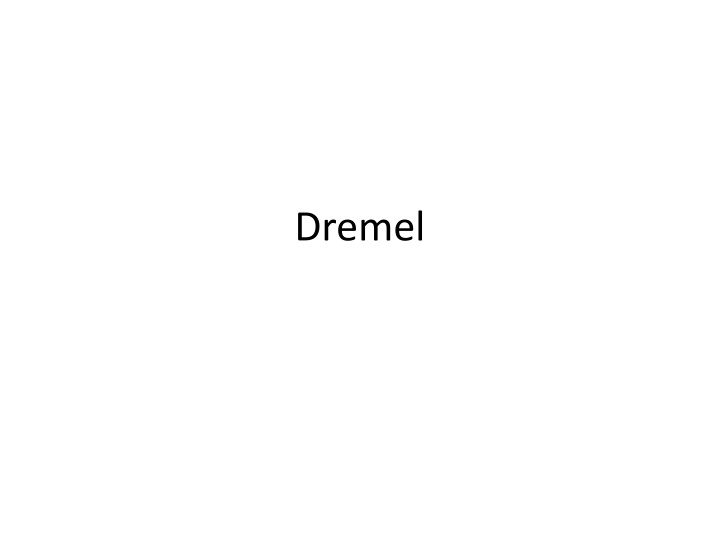
Evolution of Database Systems: From Parallel DB to NoSQL to Dremel
Explore the evolution of database systems from the emergence of Parallel DB to the challenges overcome by NoSQL technologies, culminating in the innovative Dremel solution introduced by Google in 2010. Witness how these advancements have shaped the landscape of data management and analytics.
Download Presentation

Please find below an Image/Link to download the presentation.
The content on the website is provided AS IS for your information and personal use only. It may not be sold, licensed, or shared on other websites without obtaining consent from the author. If you encounter any issues during the download, it is possible that the publisher has removed the file from their server.
You are allowed to download the files provided on this website for personal or commercial use, subject to the condition that they are used lawfully. All files are the property of their respective owners.
The content on the website is provided AS IS for your information and personal use only. It may not be sold, licensed, or shared on other websites without obtaining consent from the author.
E N D
Presentation Transcript
Some History Parallel DB Systems have been around for 20- 30 years prior Historical DB companies supporting parallelism include: Teradata, Tandem, Informix, Oracle, RedBrick, Sybase, DB2
NoSQL Along came NoSQL (early-mid 2000s) The idea that databases are slow slow slow Complaints included Too slow Too much loading time Too monolithic and complex Instruction manuals of ~500 pages Too much heft for internet scale applications Too expensive Too hard to understand
NoSQL The story of NoSQL and its intimate relationship with Google This is the OLAP story, not the OLTP story OLTP story BigTable (06) => MegaStore (11) => Spanner, F1 (12) Less consistency => More consistency Contemporaries: PNUTS, Cassandra, HBase, CouchDB, Dynamo
NoSQL OLAP story MapReduce (04) => Dremel (10) Less using pdb principles => More using pdb principles By 2010, Google had restricted MapReduce to complex batch processing, with Dremel for interactive analytics Contemporaries: MapReduce: Hadoop (Yahoo) PSQL-on-MapReduce: Pig (Yahoo), Hive (Facebook) PSQL-not-on-MapReduce: Impala Newest in-memory parallel analytics platform: Scuba (Facebook), PowerDrill (Google) Memory is the new disk
Map-Reduce 2004: Google published MapReduce. Parallel programming paradigm Pros: Fast fast fast Imperative Many real use-cases Cons: Checkpointing all intermediate results No real logic or optimization Very rigid , no room for improvement Many bottlenecks
Along comes Dremel 2010: Still not a full-fledged parallel database PROJECT-SELECT-AGGREGATE What does it lack?
Along comes Dremel 2010: Still not a full-fledged parallel database What does it lack? Support for joins Support for transactions (it is read-only) Support for intelligent partitioning?
Column Stores For OLAP, column stores are a lot better than row stores Idea from the 80s, commercialized as Vertica in 2005. Key idea: store values for a single column together Why is this better for aggregation/OLAP?
Column Stores For OLAP, column stores are a lot better than row stores Key idea: store values for a single column together Why is this better for aggregation? Better compression; can pack similar values together better Can skip over unnecessary columns Much less data read from disk
Column Stores When can column stores suffer relative to row stores?
Column Stores When can column stores suffer relative to row stores? Want to point at a certain data item (e.g., find me the year where company XXX was established) Transactions can be bad: Insertions, deletions can be quite terrible Writes require multiple accesses
Dremel: Column Encoding Turns out, this has been open-sourced by Twitter as Parquet Are there cases where the column encoding scheme proposed doesn t make much sense?
Dremel: Column Encoding Turns out, this has been open-sourced by Twitter as Parquet Would this column encoding make sense if: All records have a rigid schema? Not all records obey the schema? Often the case in json/xml mistakes in data generation If most data looks the same with a few exceptions?
Hierarchical Trees What factors would you take into account while deciding the fanout for the hierarchical trees?
Hierarchical Trees What factors would you take into account while deciding the fanout for the hierarchical trees? Too small fanout may do too much unnecessary network bandwidth for too little gain Too large fanout may end up overwhelming one node Network bandwidth CPU capability Local Memory Local Disk











